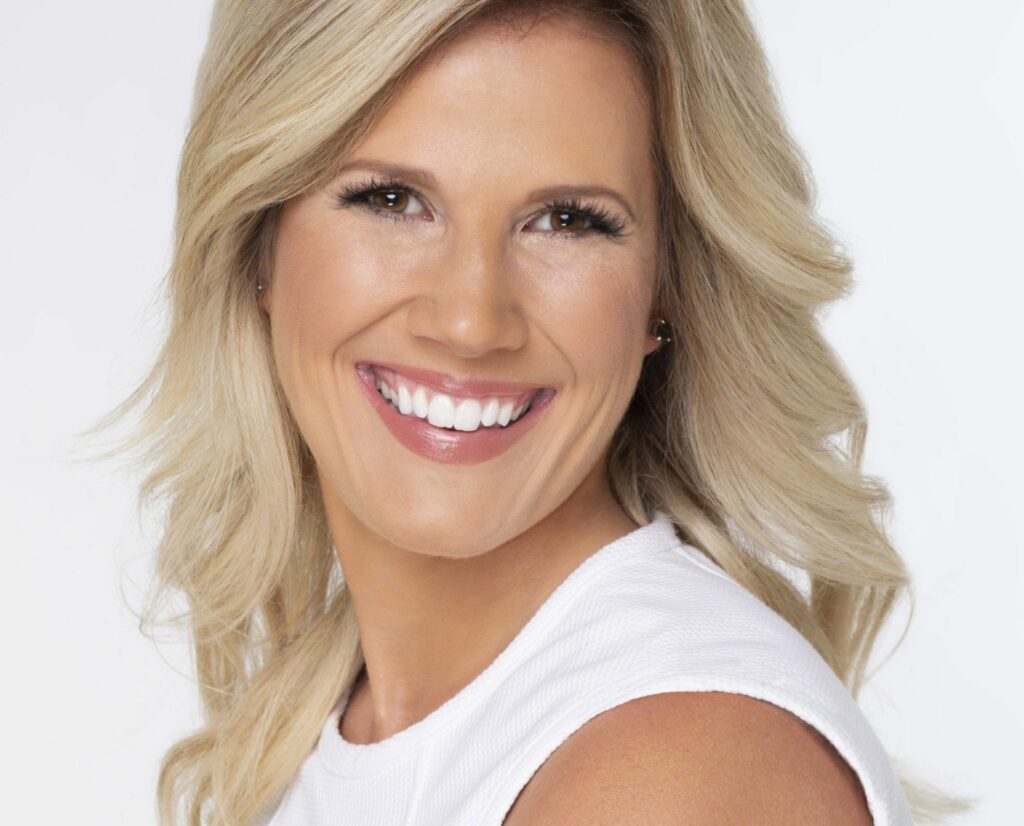Last signed into law in 2018, this year the farm bill is up for discussion with major policy discussions currently underway in Washington, D.C.
Over the past five years, the agriculture industry has weathered price volatility, processing gluts, natural disasters, heavy input costs and more.
The new farm bill this year provides an opportunity for the industry to gain traction, stability and predictability for agriculture policy. This makes it even more imperative for companies and industry associations to build successful relationships with new representatives.
Building Relationships
“Be at the table or be on the menu,” says Laura Wood, when asked what goes into building successful relationships with new representatives.
“Connection requires outreach to new members’ key staff in D.C. or in their home states. Listen to what their priorities are, relate to those priorities, and follow up with helpful information. Understanding leadership and committee assignments is essential,” adds Wood, who serves as president of LWP Consulting and manages the National Coalition for Food and Agricultural Research (NCFAR), a nonprofit, nonpartisan, consensus-based and customer-led coalition located in Champaign, Ill., which brings together food, agriculture, nutrition, conservation and natural resource stakeholders to serve as a forum and unified voice supporting increased federal investment in USDA research, education and economics.
With the onset of the 118th Congress on Jan. 3, Wood knows the pulse of Washington by staying contact with key Members of Congress and staff.
“In a recent introductory meeting with a new member’s office, we identified key issues of interest that aligned with our client’s needs and followed up with briefings and materials, continuing a conversation that will go into the farm bill and appropriations processes. This type of outreach is critical for building relationships and moving toward achieving objectives.”

When it comes down to it, relationship building with new policymakers is critical says Christy Seyfert, executive director of the American Soybean Association that represents U.S. soybean farmers on domestic and international policy issues. With offices in St. Louis, Mo. and Washington, D.C., the ASA has 26 affiliated state associations representing 30 soybean-producing states and more than 500,000 soybean farmers.
“Take the opportunity to meet new members of Congress and their staff because there are so many this year. Make sure that new members of Congress, as well as seasoned members of Congress and their staff, know who you are and your presence in D.C. and across the nation. Staff turnover is high, so this is an ongoing effort.”
Seyfert recalls that when she looked back at the last post-election environment, the ASA immediately encouraged board members to start the relationship building process with policymakers. And that continued when new members took office in January.
“Reach out and let them know who you are and that you are a resource,” she says. “We’ve also taken time in this new Congress to encourage board members to offer to host congressional visits, farm site visits, and participate in town halls to ensure there is a presence. We want them to understand the importance of soybeans and agriculture to the state or district.”
Bart Fischer also understands the importance of making strong connections.
He is co-director of the Agricultural & Food Policy Center (AFPC) at Texas A&M University which is known across the country for having conducted farm-level policy analysis for Congress for the past 40 years.
Prior to his current position, he served as chief economist of the House Agriculture Committee under the leadership of Chairman Frank Lucas (R-OK) and Chairman Mike Conaway (R-TX) from 2011 to 2019.

“Committee staff are in a unique role because, while we advise the chairman, we are often called on to meet with individual members of Congress to provide background on key policy issues or to assist as they seek to address concerns. As a result, committee staff get the opportunity to know members and their staff quite well.”
He says serving on staff also gives one a chance to see what does — and doesn’t — work well in terms of building relationships with members.
“From what I’ve observed over time, one of the most effective strategies is getting to know a member (and their staff) back home in the district. It is also important not just to rattle off talking points when you meet with representatives. Tell your personal story.”
Fischer stresses that when visiting a particular office, know exactly what message you are trying to convey.
“Rely on resources like trade association lobbyists to help craft your message. Explain how you are personally impacted and be succinct,” he says. “As for building a relationship, that takes time and effort. For example, you may have a time scheduled to meet with them, but the House floor schedule changes and they now have to go vote. Don’t take it personally. View this as an opportunity to really get to know their staff instead. Long after you have flown back home, it’s ultimately the staff who are advising the members on all of these issues of importance to you.”
Relationship Challenges
While it may seem to some that building strong relationships is a given, Fischer says it never ceases to amaze him how few people take the time to get to know a representative and their staff.
“For example, have you ever made the effort to show up at a town hall meeting with your representative? I know we all lead busy lives, but half the challenge in building a relationship with your representative is just making the effort to meet them.”
Having worked with hundreds of members and staff over the years, he cannot recall a single time when an office wasn’t eager to hear from someone — especially from their home district.
“Even if you are from a different state, most representatives will be willing to meet with you, because they ultimately want to know how the decisions they are making in Washington, D.C., impact people across the country.”
While it is necessary to get to know and build relationships with new representatives, this often must be accomplished in the condensed time frame, which is no easy task.
“The key is to do your homework,” says Fischer. “If you are visiting Capitol Hill with a trade organization, chances are you will be accompanied by a staffer from the association. Someone like Janae Brady, vice president of government affairs at the American Seed Trade Association. Use them as a resource. They know where a member stands on various issues and can help advise on the best message to convey to that particular office.”
If that is not an option, he suggests that one can never go wrong by just quickly and succinctly telling their story and why a particular policy is especially important to them.
“I’ve seen that resonate time and again with members and their staff.”
Wood agrees and says if there is limited time provide important background context to build trust and credibility.

“Be succinct and emphasize impact. Determine key areas for the member so that the conversation remains focused and relatable to any legislation the member may be sponsoring or co-sponsoring. These factors will help you to tailor your messages.”
Also, discussing your proposal in terms of jobs created, ROI and the number of constituents that will be impacted can be extremely valuable.
Seyfert adds that in Washington, “the American Soybean Association is making sure its board members and state representatives are well-equipped to share the message of who the ASA is, its presence in the district or state, and our top issues that we are advocating on with respect to the farm bill and even beyond this bill.”













